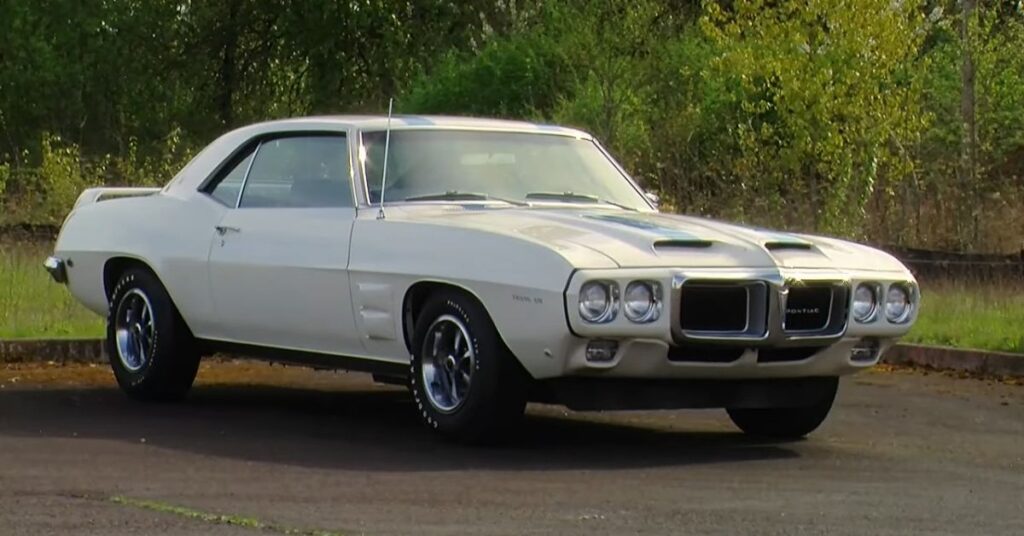The 1969 Pontiac Trans Am is the first design of the iconic Trans Am line, and it holds a legendary status among muscle cars. Known for its clean design with a predominantly white body, two blue stripes, and subtle graphics, the 1969 Trans Am stands out as the purest and cleanest version. Unlike the later models with the bird decal and extensive striping, this design exudes elegance and simplicity. Named after the Trans Am racing series, the 1969 Trans Am paved the way for the renowned muscle car’s success in automotive history.
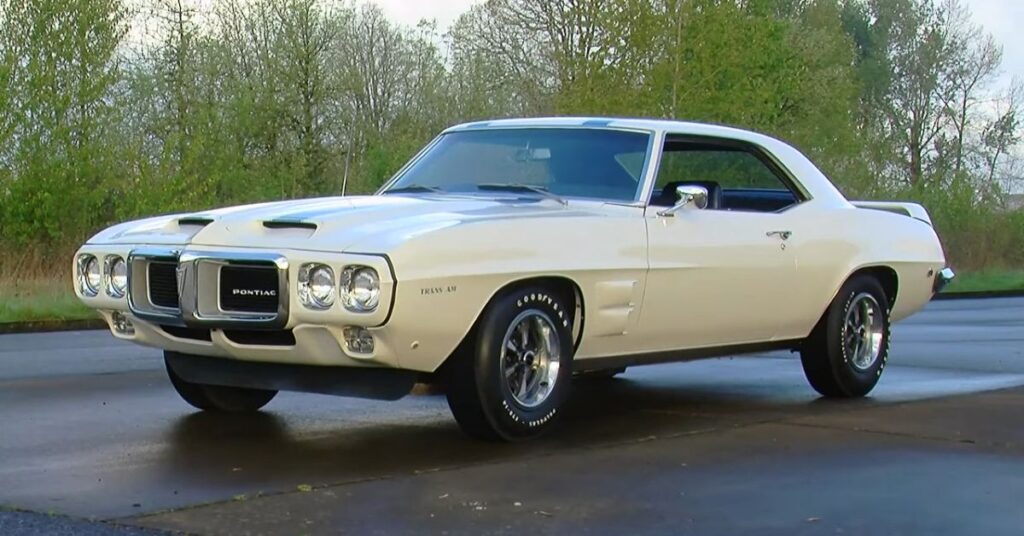
Over the years, the Trans Am underwent several design changes, but the 1969 model holds a special place in the hearts of many enthusiasts. Its unique design, devoid of excessive adornments, resonates with those seeking a purist Trans Am experience. While subsequent models adopted more flamboyant features, the 1969 Trans Am exudes a sense of elegance and simplicity. It represents a time when the Trans Am was still carving its path as a true American icon.
The Powerhouse: Ram Air IV Engine
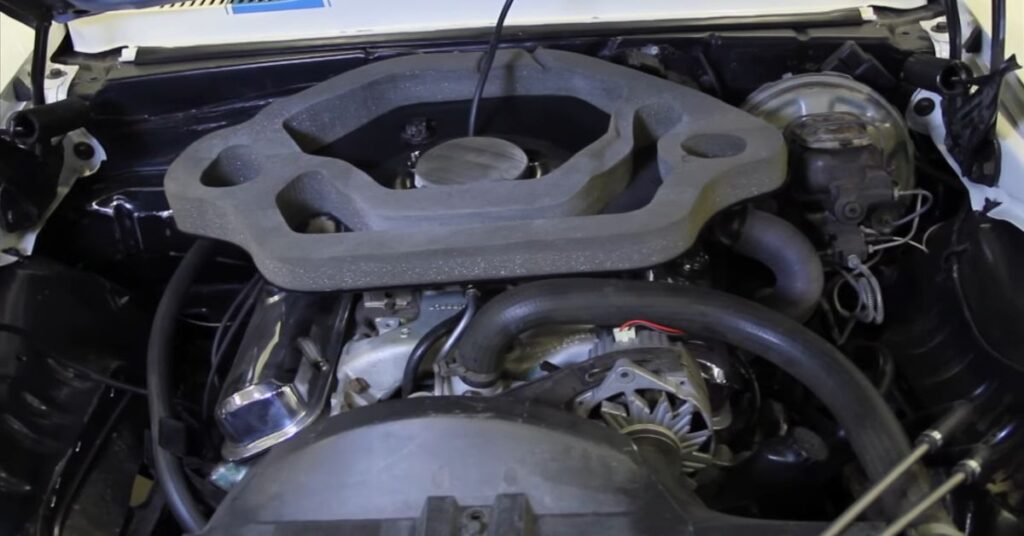
The base engine for the 1969 Trans Am was the ram air 3, a 400 cubic inch V8 producing 335 horsepower. However, the car we’re exploring today goes beyond the norm. It is equipped with the highly coveted ram air IV engine, a rare gem among muscle car enthusiasts.
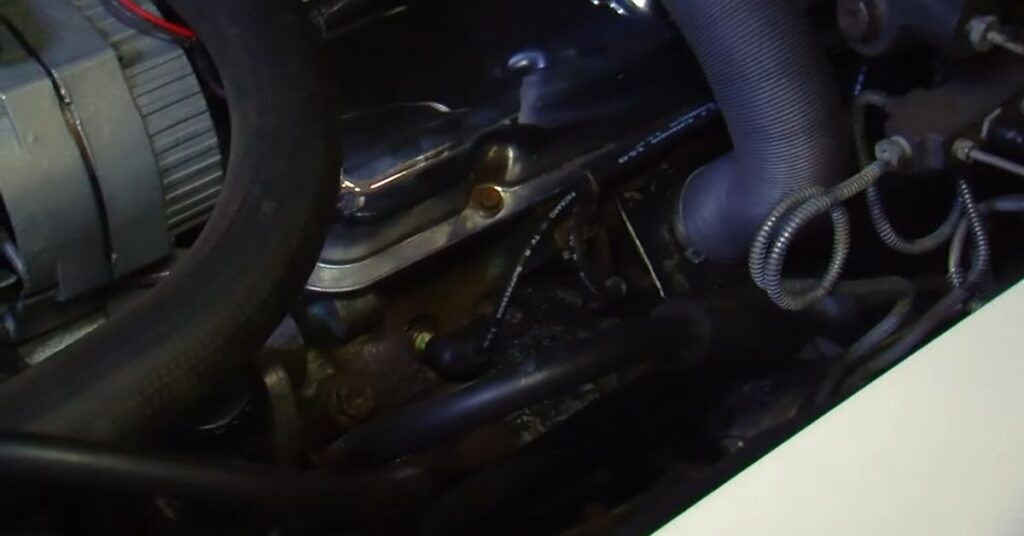
Only 55 of these extraordinary Trans Ams were manufactured, making it an exceptionally desirable piece of automotive history. Unlike its ram air 3 counterpart, the ram air IV engine featured numerous enhancements, resulting in a more powerful and exhilarating performance.
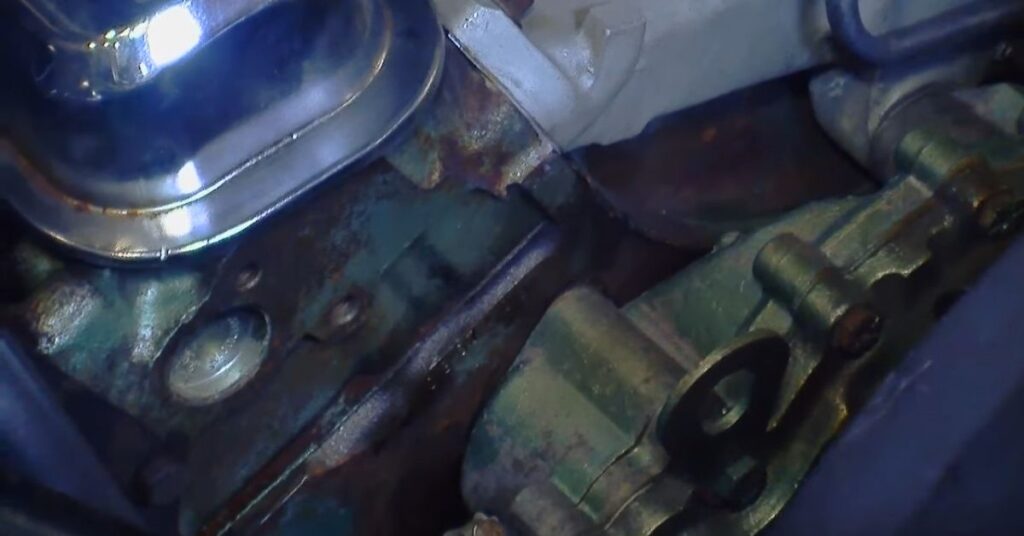
The ram air IV engine was a significant step up from the ram air 3. It incorporated a more radical camshaft, freer flowing round port cylinder heads, an aluminum intake manifold, 1.65 ratio rocker arms, and four-bolt main caps. These upgrades, combined with the improved exhaust manifolds, allowed the ram air IV to unleash its true potential.
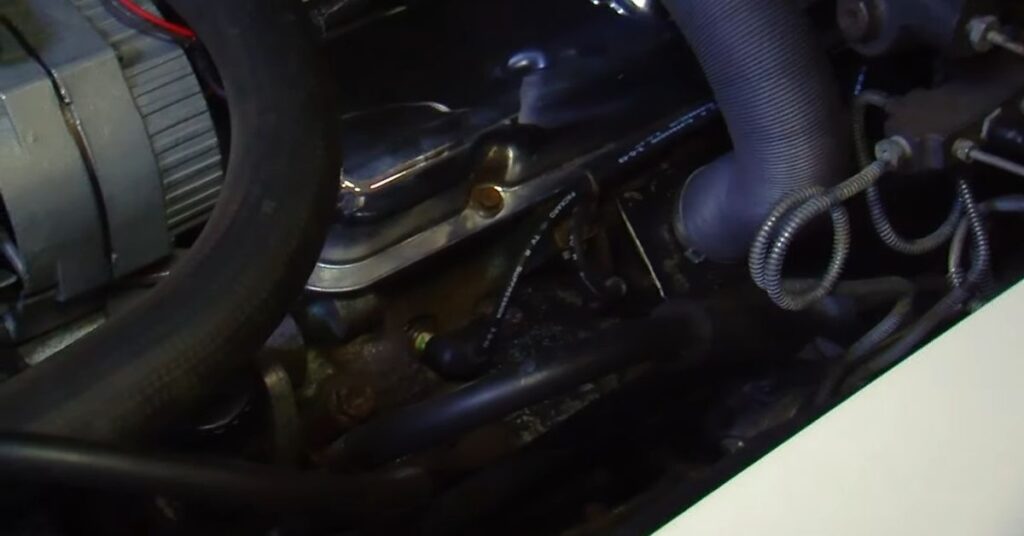
When you open the hood of a ram air IV Trans Am, you’re greeted by a distinctive feature – a foam sponge sitting on top of the ram air pan. This design, along with the cold air scoops on the hood, forced air into the engine through a specially tuned carburetor and an aluminum intake. The meticulous machining and assembly tolerances of the ram air IV set it apart, giving it factory race car-like performance.
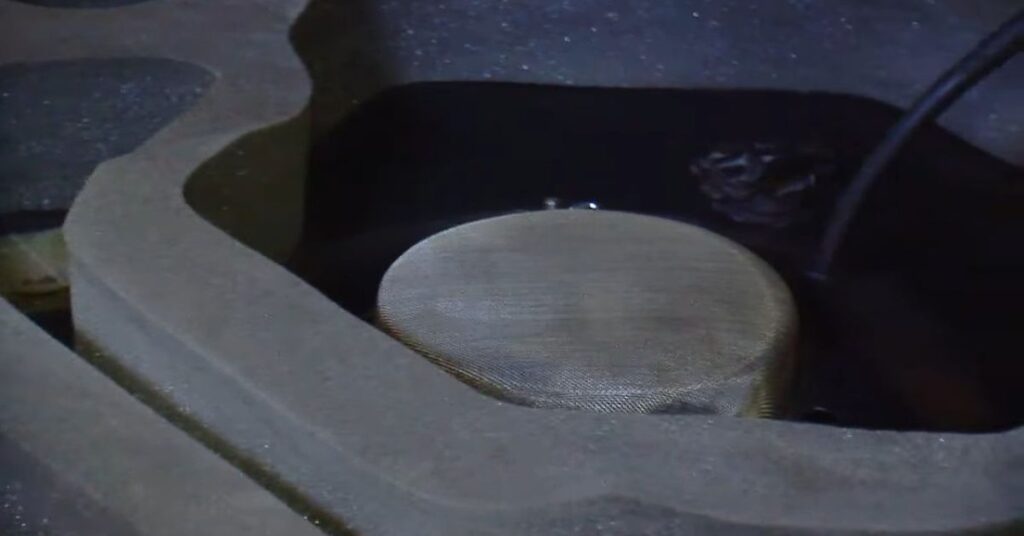
Assembly and Performance
The assembly process of the ram air IV engine sets it apart from its ram air 3 counterpart. The machining and assembly tolerances of the ram air IV were much tighter, resembling those of a race car engine.
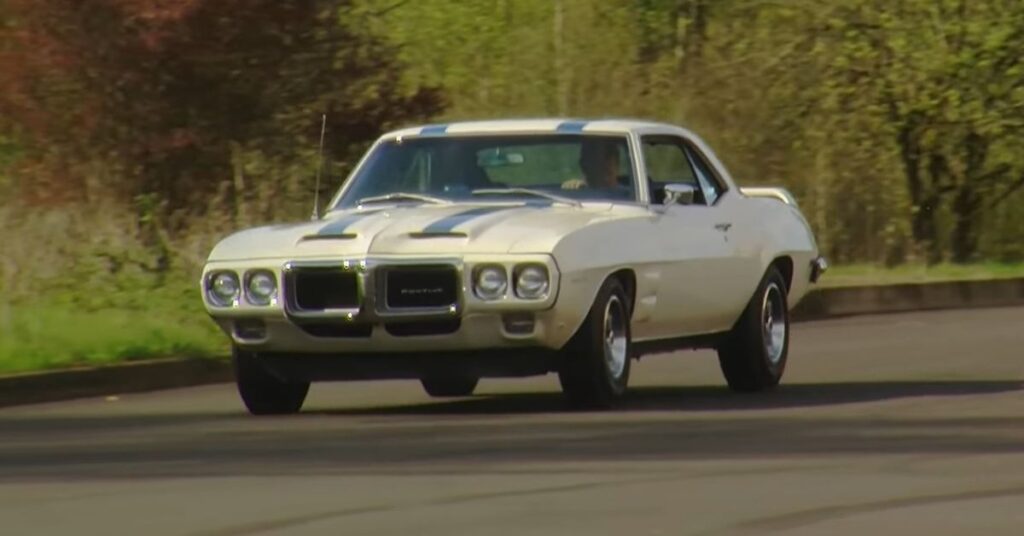
This meticulous attention to detail during the manufacturing process resulted in a factory-assembled engine with exceptional performance characteristics. Given Pontiac’s rich racing heritage, it comes as no surprise that the engineers were able to deliver a high-performance engine that surpassed expectations.
Distinctive Exterior Features
The 1969 Trans Am boasts several distinctive exterior features that contribute to its overall appeal. The front fascia, predominantly body-colored, houses polished bezels for the headlights and a narrow chrome-plated bumper with two blacked-out openings. The driver’s side grille proudly displays the word “Pontiac.”

The Trans Am-exclusive hood features functional ram air scoops, allowing the engine to breathe easier. Notably, these hoods were crafted from steel, and finding an original one today is considered a significant achievement.
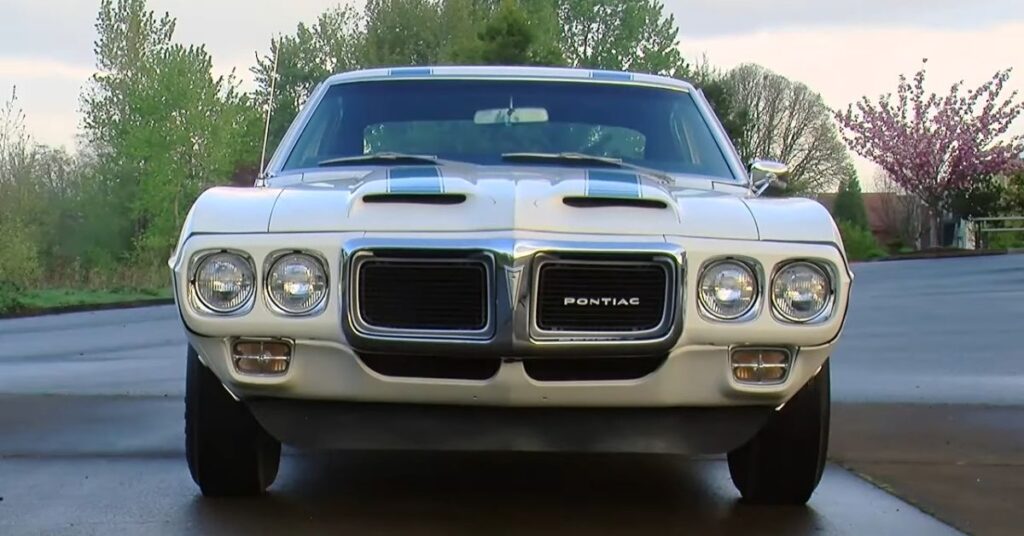
Moving to the front fender, you’ll notice the block letter style of the word “Trans Am” spelled out, giving it an all-business look. The car rolls on 14-inch Pontiac rally wheels, adding to its classic appeal. Behind the wheel openings, functional heat extractors are present, designed to pull hot air out of the engine compartment.
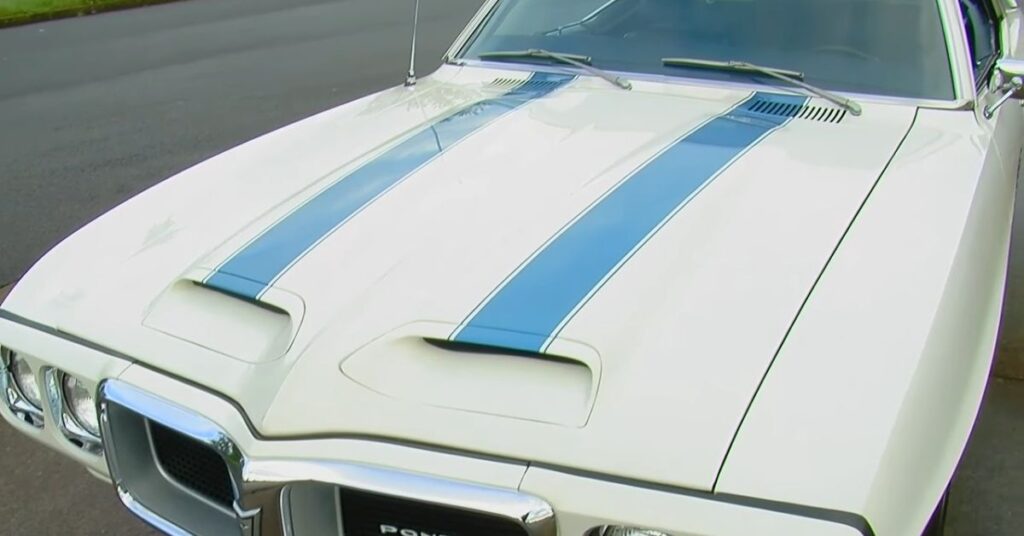
At the rear, the Trans Am showcases a tail panel painted in the same color as the stripes. The most distinctive feature is the dual pedestal wing mounted on the deck lid. The stripes gracefully wrap through the pedestals, while the wing tips follow the contours of the back quarter panels. Every detail of the exterior design of the 1969 Trans Am was carefully considered, resulting in a cohesive and visually stunning appearance.
Wheels
The 1969 Trans Am boasts several distinctive exterior features that contribute to its overall appeal. The front fascia, predominantly body-colored, houses polished bezels for the headlights and a narrow chrome-plated bumper with two blacked-out openings. The driver’s side grille proudly displays the word “Pontiac.”
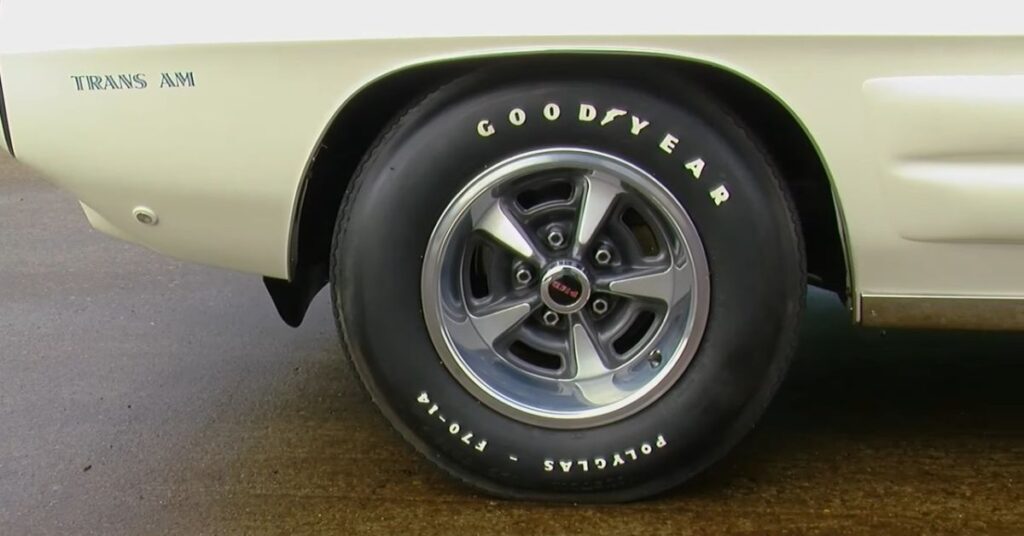
The Trans Am-exclusive hood features functional ram air scoops, allowing the engine to breathe easier. Notably, these hoods were crafted from steel, and finding an original one today is considered a significant achievement.
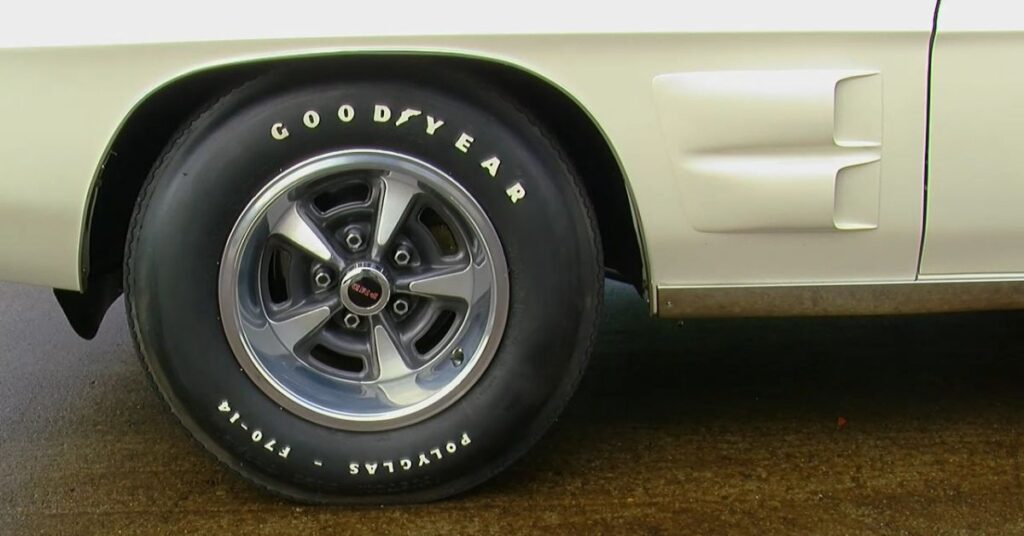
Moving to the front fender, you’ll notice the block letter style of the word “Trans Am” spelled out, giving it an all-business look. The car rolls on 14-inch Pontiac rally wheels, adding to its classic appeal. Behind the wheel openings, functional heat extractors are present, designed to pull hot air out of the engine compartment.
Luxurious Interior with Trans Am Touches
While the 1969 Trans Am exhibits a racy exterior, it doesn’t compromise on interior luxury. The showcased model features a blue deluxe interior with burl wood trim accents on the dashboard and console. This combination of colors and textures creates a sophisticated and refined atmosphere inside the car. The attention to detail is evident in every aspect of the cabin, from the quality of materials to the layout of the controls.

Trans Am-specific elements further enhance the cabin’s appeal. One notable feature is the triple stacked gauge package, which consists of a rectangular gauge displaying temperature, oil pressure, and fuel levels. This unique configuration provides important information to the driver in a stylish and distinctive manner. Additionally, the Trans Am offers other amenities such as an AM radio, deluxe seatbelts, and optional rear speaker. These features add comfort and convenience to the driving experience.
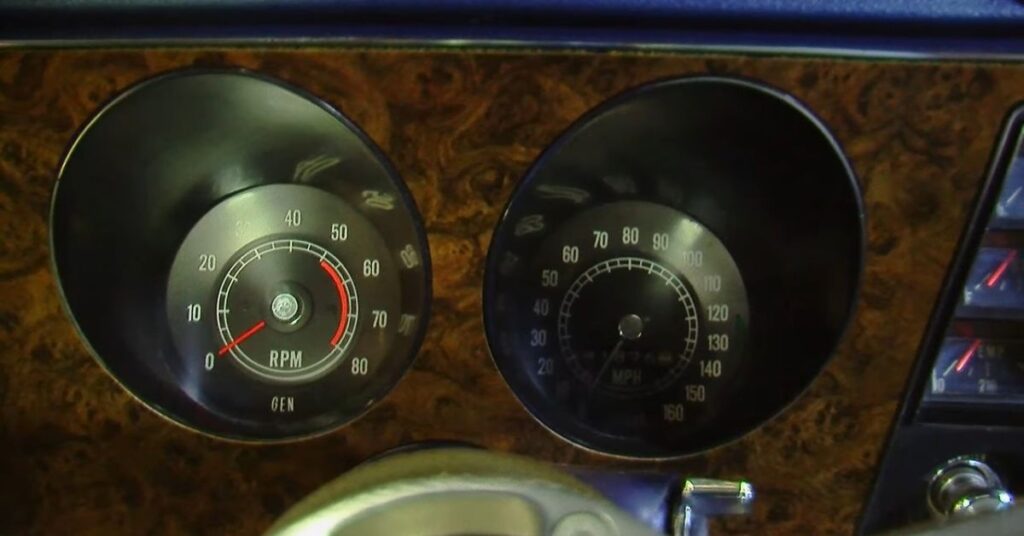
However, it is worth mentioning that air conditioning was not available with the ram air IV engine. While the Trans Am offers a luxurious interior, the focus remains on performance and driving enjoyment. The omission of air conditioning allows for weight reduction and prioritizes engine performance, ensuring that the car delivers an exhilarating driving experience. The 1969 Trans Am strikes the perfect balance between luxury and performance, creating an interior that is both comfortable and purposeful.
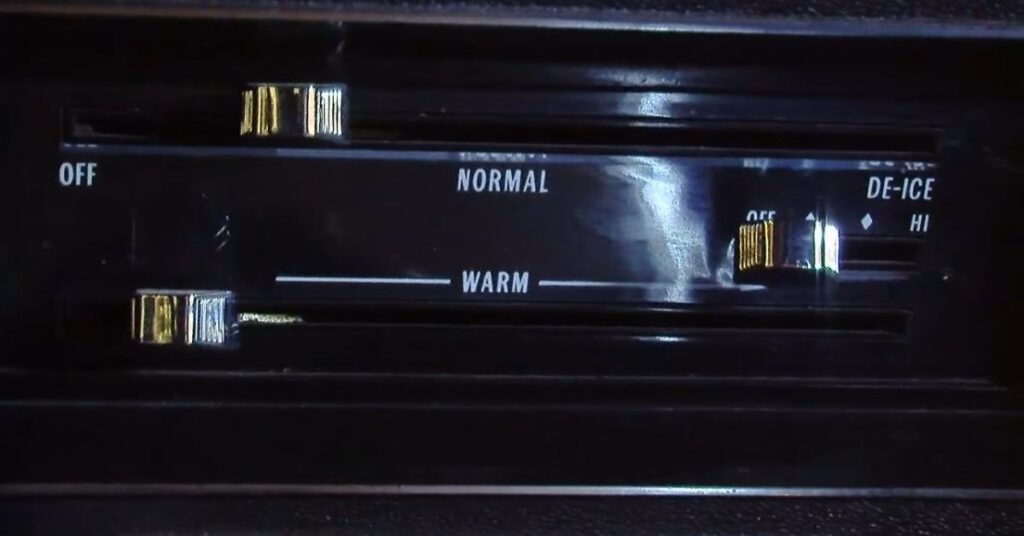
Conclusion
In conclusion, the 1969 Pontiac Trans Am Ram Air IV stands as a remarkable vehicle in the muscle car landscape. Its clean design, powerful ram air IV engine, and distinctive features make it a sought-after gem among collectors and automotive enthusiasts. Whether one favors the earlier, more refined models or the later iterations with bold graphics, the Trans Am legacy continues to captivate the hearts and minds of car enthusiasts worldwide.


